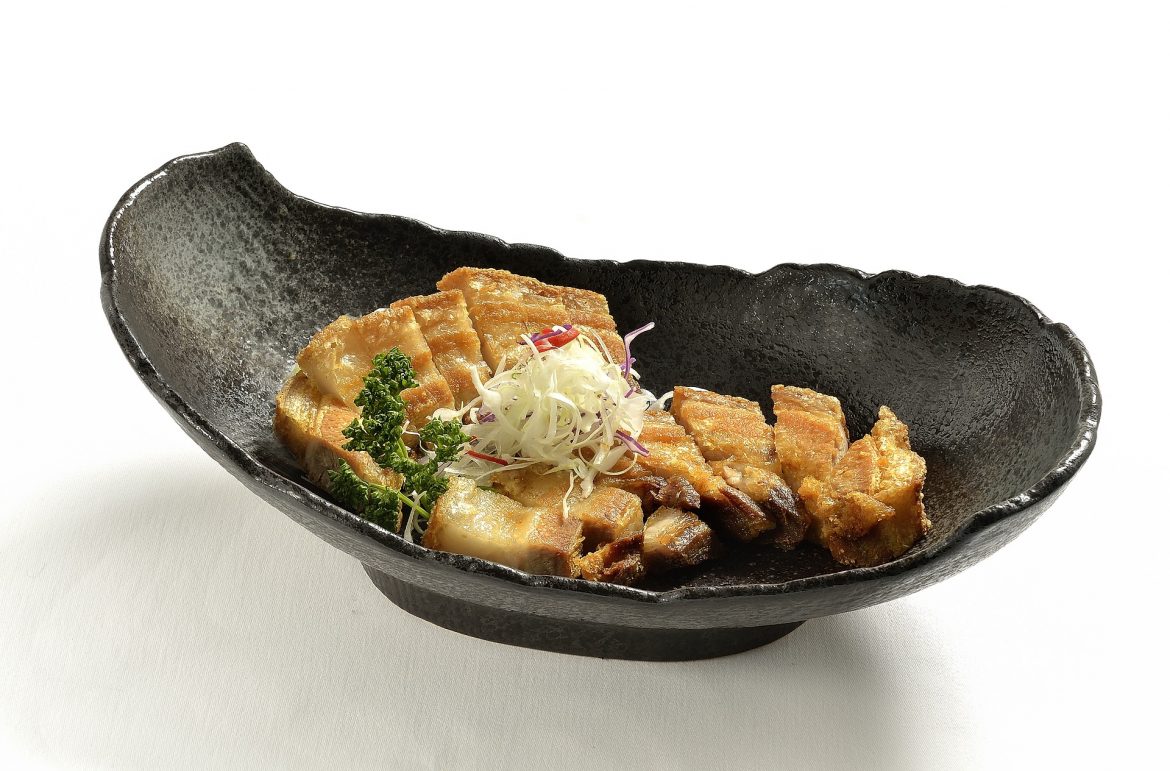Rainbow bagels, unicorn food, and milkshakes as big as a person’s head are so “yesterday.” What will be on plates over the next 12 months? As 2018 arrives, culinary leaders at Sodexo, the leader in Quality of Life Services, have named their food trends for the year. Kevin Cecilio, Sodexo’s Senior Director of Culinary Innovations, believes these five trends will be on the table over the next 12 months:
Sustainability
Beyond standard recycling, people will focus on reducing food waste by eating parts of foods that have previously been discarded. These include pickled watermelon rinds, beet green chimichurri, and vegetable slaw using broccoli stalks.
Plant Forward Eating
Cecilio expects diners to eat more plants and grains. While dishes may have small amounts of animal proteins and dairy, the vegetables are the true star. This is different from vegetarian or vegan dishes. These meals show that vegetables are no longer just sides. Chefs are also using these ingredients in unusual ways such as matcha (made from green tea leaves) glazed doughnuts.
Fermented Foods
Fermented foods have been known for their health benefits and contain probiotics and enzymes that are important for digestion. Now they are finding their way onto the tables of foodies everywhere. Whether it’s kefir, kombucha tea, miso, sauerkraut, or even pickles, fermented foods are a healthy and delicious trend that will take hold in 2018.
Non-grain Sustainable Proteins
Agriculture can take its toll on the environment so some are turning to non-grain sustainable proteins that are both good for the body and the environment. Cricket powder and algae are just two examples of this trend that could see big gains in popularity in 2018.
International Cuisine from Israel, Morocco, and the Philippines
Cuisine from Israel, Morocco, and the Philippines lead this year’s trends list. The food of these three countries range from the Spanish and Asian influences in Filipino cooking, to the bouquet of spices that make up the flavors of Moroccan dishes, to the fusion of native Israeli ingredients with the dishes brought to the country by immigrants fleeing Eastern Europe after World War II.
